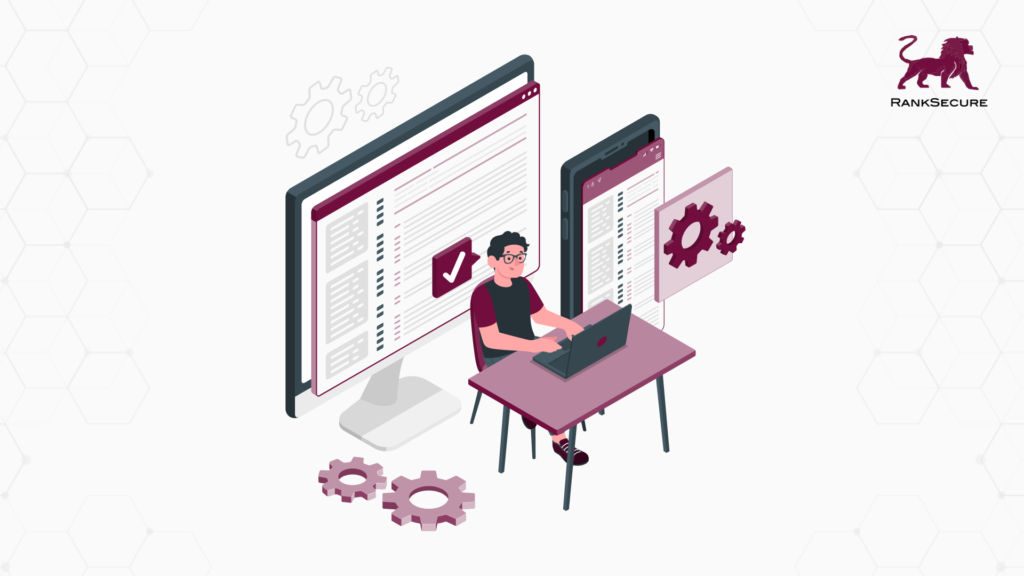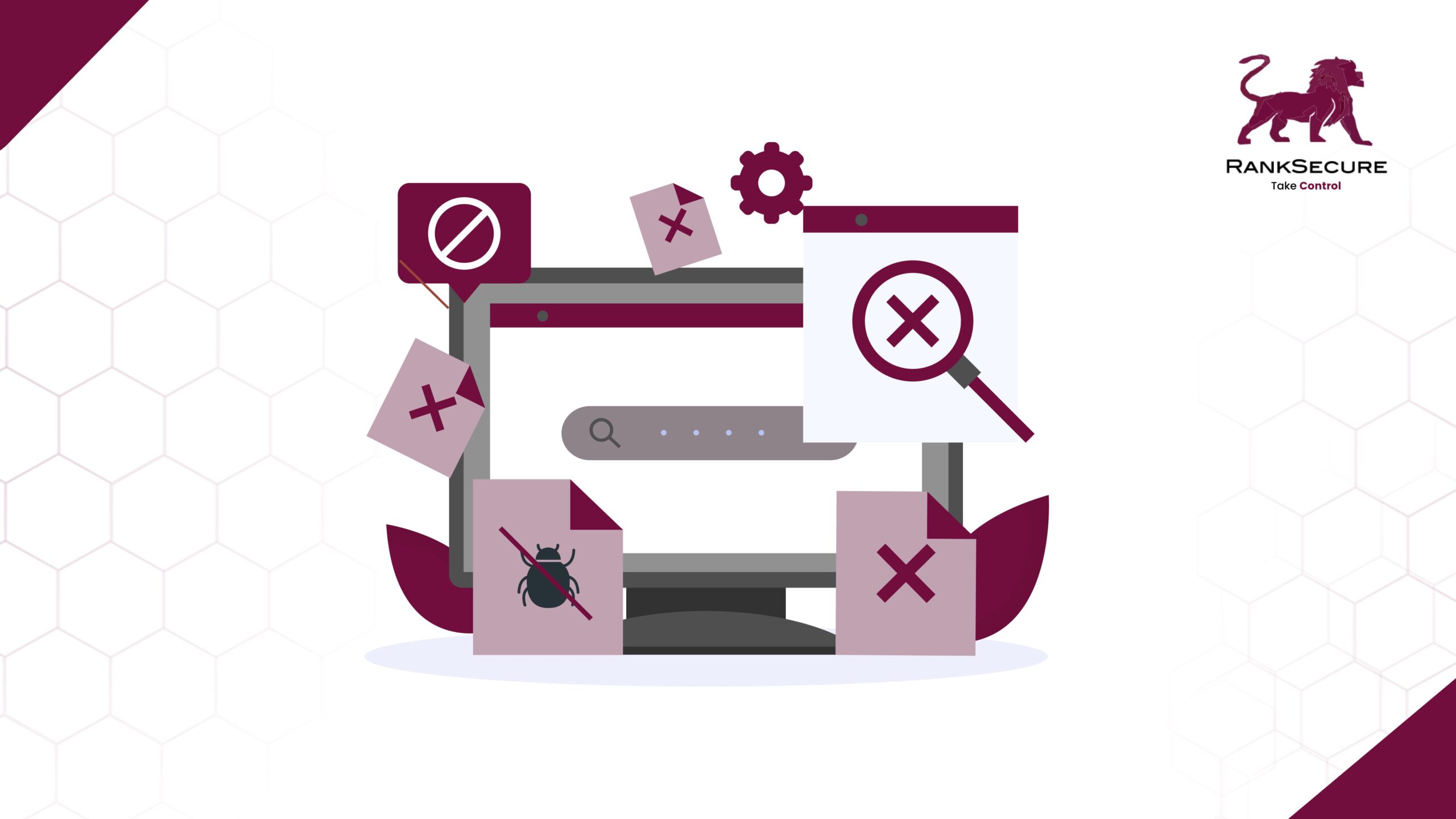
Penetration Testing Methodology for Web Applications: Key Steps and Considerations
Imagine a world where businesses and organisations operate without fear of cyber threats, where web applications stand as impenetrable safeguarding the sensitive data. While this vision may seem distant, there is a battle-tested methodology that brings us closer to that reality: web application penetration testing.
According to a report analysis, 73% of successful breaches in the corporate sector were carried out by penetrating web applications through their vulnerabilities
In this blog, we will uncover the key steps and considerations behind this potent cybersecurity practice. Buckle up as we explore the intricacies of unmasking vulnerabilities and fortifying web applications against relentless attackers.
Pre-engagement Phase
Before initiating a penetration test, it is crucial to establish clear objectives, scope, and rules of engagement. This phase involves defining the goals, identifying the target applications, and determining the testing methodologies to be employed. Collaboration between the testing team and the organisation is essential to align expectations and ensure smooth execution.
Information Gathering
The information gathering phase focuses on gathering intelligence about the target web application. This includes identifying the technology stack, understanding the application’s architecture, mapping the attack surface, and identifying potential entry points for exploitation. Thorough reconnaissance aids in creating a comprehensive testing plan and helps testers simulate real-world scenarios effectively.
Vulnerability Analysis
During this phase, penetration testers identify and analyse vulnerabilities within the web application. They utilise a combination of manual and automated techniques to scrutinize the application’s code, configurations, and server infrastructure. Common vulnerabilities, such as SQL injection, cross-site scripting (XSS), and insecure direct object references, are identified, verified, and documented for further remediation.
Exploitation
Once vulnerabilities are identified, the next step is to exploit them and determine the potential impact. Skilled testers leverage their expertise to exploit weaknesses and gain unauthorized access to the application or its underlying systems. The objective is to mimic the actions of real-world attackers to assess the application’s resilience and evaluate the effectiveness of existing security controls.
Post-Exploitation
In the post-exploitation phase, the penetration testers assess the extent of the compromise and the potential damage that could be caused. They aim to escalate privileges, exfiltrate sensitive data, and explore further attack vectors. This phase provides valuable insights into the impact of a successful breach and helps organizations understand the criticality of remediation.
Reporting
Once the penetration testing is complete, a detailed report is generated, documenting the findings, vulnerabilities, and suggested remediation steps. The report should be concise, easy to understand, and prioritise vulnerabilities based on their severity. It should also include recommendations to improve the application’s security posture and prevent similar vulnerabilities from arising in the future.
Various Considerations for Businesses and Organisations
- Regular Testing: Web application penetration testing should be performed regularly to address evolving security risks. A one-time assessment is insufficient, as new vulnerabilities can arise with updates, patches, and changing attack vectors.
- Compliance and Standards: Organisations must ensure that their web applications comply with relevant industry standards and regulations. Penetration testing can assist in meeting compliance requirements, such as Payment Card Industry Data Security Standard (PCI DSS) or General Data Protection Regulation (GDPR).
- Remediation and Patch Management: Timely remediation of identified vulnerabilities is crucial. Organisations should have a robust process in place to address the vulnerabilities discovered during penetration testing. Regular patch management and proactive security measures can help mitigate risks.
- Training and Awareness: Employees and developers should receive adequate training on secure coding practices and common web application vulnerabilities. Promoting a culture of security awareness helps prevent security incidents and strengthens the overall security posture.
Conclusion
Web application penetration testing is an integral part of an organisation’s cybersecurity strategy. By following a well-defined methodology and considering the key steps and considerations discussed in this blog, businesses and organisations can effectively identify and mitigate vulnerabilities, safeguard sensitive data, and ensure the resilience of their web applications against malicious attacks. Investing in regular penetration testing not only protects valuable assets but also fosters customer trust and confidence in an increasingly interconnected digital landscape.
Recent Posts
How to Implement IT Asset Management for Maximum ROI
Organisations are not breached because their defences failed. They are breached because their visibility did. In most enterprises, the issue is not that assets are unmanaged. It is that too many are unaccounted for. Legacy systems operating outside policy. Cloud workloads deployed beyond governance. Endpoints that no
How VAPT Supports Zero Trust Security Models
If Something Can Go Wrong in Security, It Eventually Will That’s the reality Zero Trust is built for. It assumes users will click what they shouldn’t. Devices will connect from untrusted networks. Credentials will leak. And one misconfigured rule can open access far beyond what was intended.
How GRC Tools Help Finance, Healthcare & Retail Teams
No risk or compliance team ever sets out to operate in abstraction. Yet that’s exactly what happens when sector context is stripped from the systems that underpin decision-making. It’s not about whether the frameworks are there because they are. The problem is that they’re misaligned with how each







